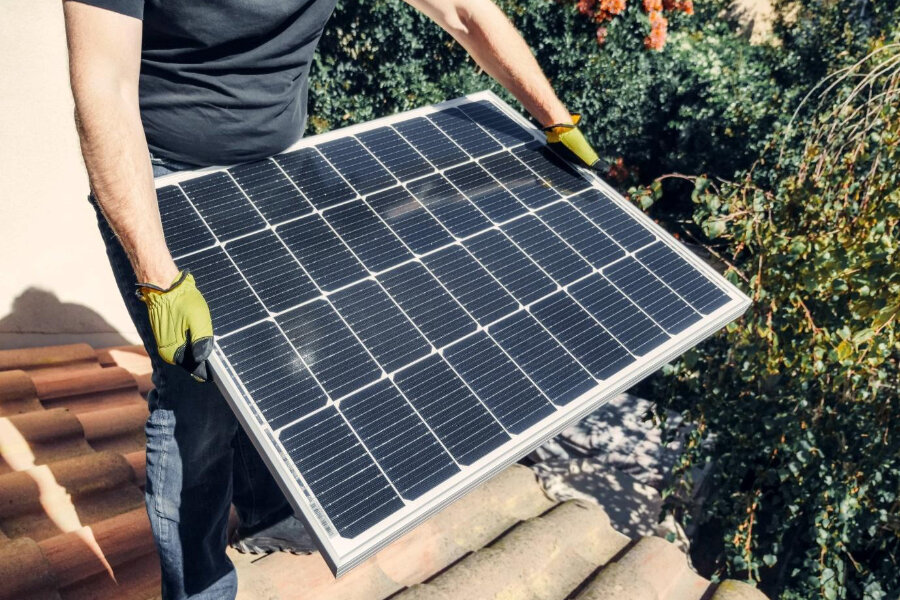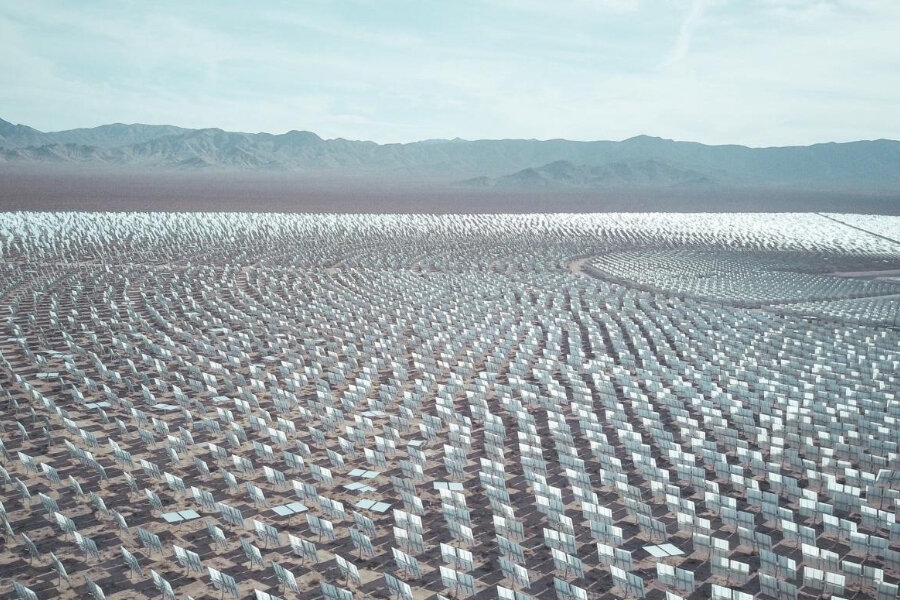Renewable energy is here to stay. Under the looming threat of rapid climate change, environmentalists, politicians, and business leaders the world over are discussing long-term sustainability, with the global renewable energy market set to grow to almost US $2,000 billion by 2030.
The U.S. alone is set to be 100% powered by clean electricity by 2035. This is being encouraged by greater accessibility to renewable energy, a higher number of business setups, and residential communities making the transition to products like solar panels.
As with any long-term investment, a proper understanding of the available options can help in making the right buying choice.
Read on to understand more about N-type and P-type solar panels, so as to make an informed decision about investing in the future.
Table of Contents
What are N-type and P-type solar panels?
Pros and cons of N-type and P-type solar panels
Making the right buying choice
Conclusion
What are N-type and P-type solar panels?

A good place to start is to understand the basic technology behind crystalline (c-Si) solar cells, and the difference between the N-type and the P-type. A (c-Si) solar cell is mainly made up of a crystalline silicon wafer that is doped with different chemicals like boron and phosphorus to charge the cell and encourage power generation.
In a P-type solar cell, the crystalline silicon wafer is infused with boron atoms at the base and phosphorus atoms at the top layer to create a p-n (positive-negative) junction with an overall positive charge.
The opposite is true for an N-type solar cell, wherein the crystalline silicon wafer is infused with phosphorus atoms at the base and boron atoms at the top layer to create a p-n junction with an overall negative charge. In simpler terms, the P-type is a positively charged solar cell whereas the N-type is a negatively charged solar cell.
The N-type solar cell was first invented in the 1950s, but it was the P-type solar cell that received much more commercial attention in the years that followed. This was due to increased focus on space exploration during that period, for which P-type solar panels were found to be ideally suited to power spaceships.
The ready availability of technical information on the P-type solar cell has made it easier to economically produce and distribute this product on a larger scale, for use on earth.
Pros and cons of N-type and P-type solar panels
How do the two types of products compare with each other? Before getting into their pros and cons, it would help to understand the meanings of two important terms: boron-oxygen defect and light-induced degradation (LID).
The boron-oxygen defect refers to the problem found in P-type solar cells wherein, unlike in space which contains no oxygen, the oxygen on earth reacts with the boron of P-type solar cells (which is doped with boron), causing a defect. As a result of this defect, these products undergo light-induced degradation (LID) wherein their performance can be reduced by up to 10%.
- Pros of P-type solar panels: As explained earlier, these types of products are cheaper to manufacture because of the extensive availability of technical information related to them. This, in turn, makes the products more economical for end users.
- Cons of P-type solar panels: On the other hand, due to LID caused by the boron-oxygen defect in P-type solar cells, their efficiency is hampered and generally not found to exceed 23.6%. As a result, the product manufacturers provide shorter product warranties (up to only 12 years).
- Pros of N-type solar panels: Due to the phosphorus doping in N-type solar cells, there is no instance of a boron-oxygen defect and the resulting LID. As a result, these types of panels provide a higher efficiency of about 25.7%. This allows the product manufacturers to provide higher warranties (up to 15–20 years).
- Cons of N-type solar panels: As increased interest in this technology has been a more recent phenomenon, these types of panels are more expensive to make, making them more expensive acquisitions for customers.
Making the right buying choice
According to Precedence Research, the global solar cell market is expected to grow to over US $369 billion by 2030. As of 2021, the research organization shows the region-wise market share as 48% for the Asia-Pacific, 28% for Europe, 17% for North America, 4% for Latin America, and 3% for MEA.
Despite the variations in market share, the global nature of the demand for solar panels is evident. For those still on the fence, now is indeed the right moment to start transitioning to this product.

How do you make a buying choice between a P-type and N-type solar cell panel? An obvious way would be to use one’s budget as a guide. The P-type solar panels are still dominating the market and are currently more economical than the N-type.
However, the higher efficiency and longer life of N-type solar panels, along with the industry’s increased focus on further developing this technology, are also important considerations.
According to the International Technology Roadmap for Photovoltaic by VDMA, the market share of n-type solar cells is expected to increase from 20% in 2022 to 70% in 2032. In the long run, the N-type is poised to offer better performance and lower running costs, as well as lower upfront costs in the not-so-distant future.
Conclusion
Whether investing in solar panels or products like solar batteries, it helps to have basic product knowledge and information on emerging market trends, along with clarity about one’s requirements since they guide the buyer to make measured and informed decisions.
While choosing a solar cell panel, apart from budget considerations, the product’s longevity and demand in the future are also crucial gauging factors for long-haul investments like solar cell panels. And the future appears to belong to N-type solar panels.
Did you find this article helpful? Get a wealth of information on renewable energy and the latest updates on other industries at Alibaba.com Reads.



